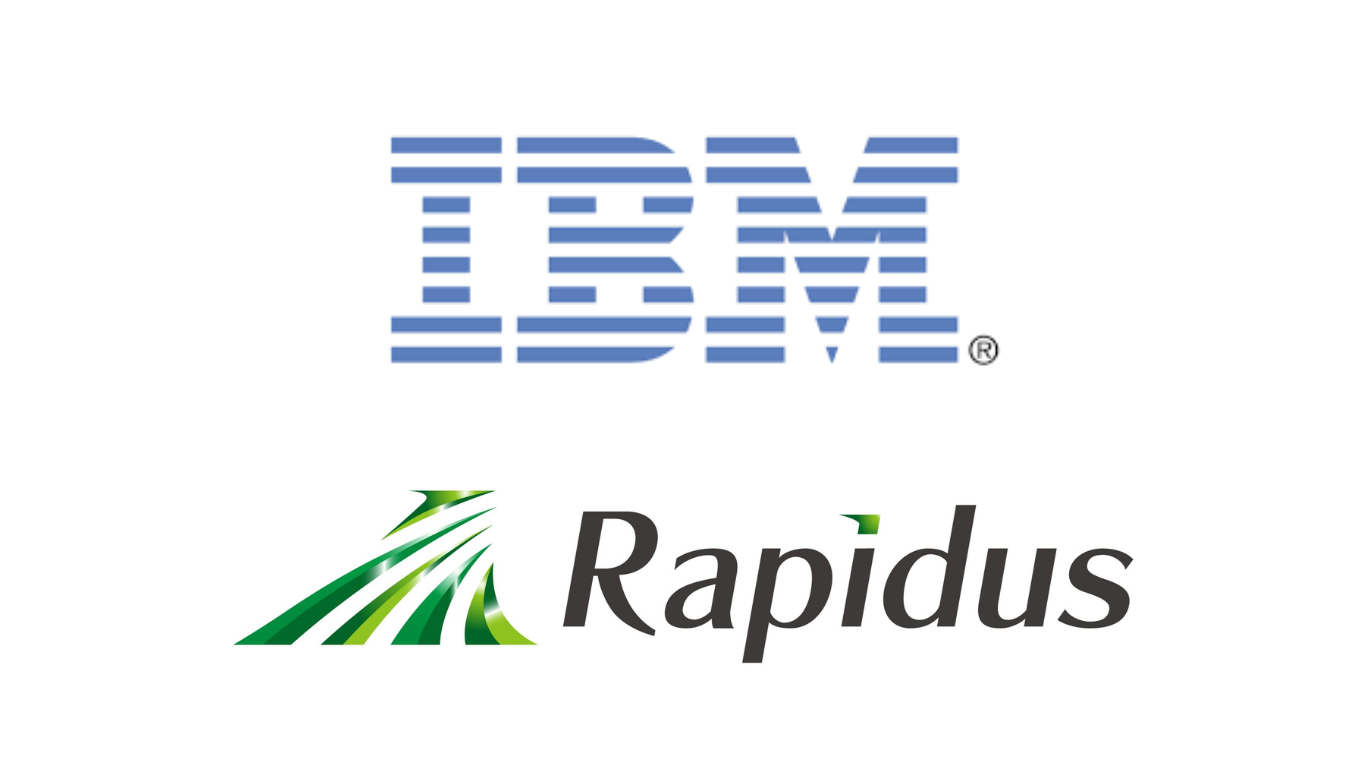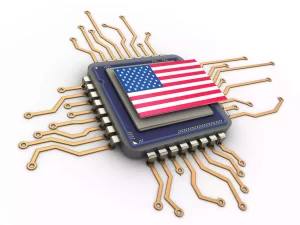Introduction
The race towards ever smaller and more powerful semiconductors has taken a significant leap forward with a groundbreaking collaboration between Rapidus and IBM. This partnership focuses on developing cutting-edge chiplet packaging technology specifically for the next generation, 2nm chip era.
This partnership is significant for a couple of reasons:
Chiplet packaging is crucial for 2nm semiconductors: As transistors get smaller, packing more and more onto a single chip becomes infeasible. Chiplet packaging allows manufacturers to combine multiple smaller chips, each optimized for a specific function, into a single package. This enables the creation of even more powerful and efficient semiconductors.
Rapidus gains access to IBM’s expertise: Through this collaboration, Rapidus will leverage IBM’s cutting-edge chiplet packaging technology for high-performance semiconductors. This will aid Rapidus in establishing itself in this critical area.
This collaboration is part of a larger initiative by Japan’s New Energy and Industrial Technology Development Organization (NEDO) to solidify Japan’s role in the semiconductor supply chain.
Let’s unpack the details of this exciting development and explore its potential impact on the future of chipmaking.
Why Chiplet Packaging Matters for 2nm Chips
Traditionally, chips have been monolithic, meaning all the essential components were fabricated onto a single silicon wafer.
However, as chip sizes shrink to the 2nm node and beyond, this approach faces significant challenges. Here’s where chiplet packaging comes in:
Enhanced Performance and Efficiency: Chiplet packaging involves breaking down a chip into smaller, functionally specialized components (chiplets) that are manufactured individually and then interconnected on a single package. This allows for the use of different materials and manufacturing processes for each chiplet, optimizing performance and efficiency.
Reduced Development Costs and Time: By focusing on smaller, specialized chiplets, development and fabrication become more manageable. This can potentially lead to faster innovation cycles and reduced costs.
Read More: Faster, Smarter AI: Alphawave Semi Shakes Up AI with Modular Chiplet Design – techovedas
The Rapidus-IBM Partnership: A Strategic Alliance
This collaboration leverages the strengths of both companies:
Rapidus: A leading manufacturer of advanced logic semiconductors based in Japan. Rapidus aims to establish itself as a major player in the global chipmaking arena.
- IBM: A multinational technology leader with decades of experience in chip research and development. IBM is a pioneer in chiplet packaging technology and holds significant intellectual property (IP) in this field.
By combining their expertise, Rapidus and IBM can accelerate the development and adoption of chiplet packaging for 2nm chips.
What Does This Mean for the Future?
The implications of this partnership are far-reaching:
Faster Innovation in Chipmaking: The successful development of chiplet packaging technology for 2nm chips could pave the way for even smaller and more powerful chips in the future. This has the potential to revolutionize various industries, including artificial intelligence, high-performance computing, and consumer electronics.
A More Robust Semiconductor Supply Chain: Chiplet packaging offers greater flexibility in chip design and manufacturing. This could potentially lead to a more geographically diverse and resilient semiconductor supply chain, lessening dependence on any single region.
A New Era of Collaboration: The Rapidus-IBM partnership highlights the growing importance of collaboration in the chipmaking industry. As technology continues to advance, such strategic alliances will be crucial for accelerating innovation and maintaining a competitive edge.
Challenges and the Road Ahead
While the potential benefits are significant, some challenges remain:
Technical Hurdles: Implementing chiplet packaging for 2nm chips requires overcoming technical hurdles related to high-density interconnect technologies and ensuring seamless communication between chiplets.
Manufacturing Complexity: Chiplet packaging introduces increased complexity in the manufacturing process. Streamlining production techniques and establishing robust quality control measures will be essential.
Read More: Upto 22% : Top 5 Semiconductor Equipment Makers Sales Surge in Q1 2024 – techovedas
Conclusion: A Catalyst for a Technological Revolution
The Rapidus-IBM collaboration is a testament to the transformative power of strategic partnerships in the ever-evolving world of chipmaking. By focusing on chiplet packaging technology for 2nm chips, they are not only addressing the challenges of miniaturization but also laying the groundwork for a future filled with groundbreaking technological advancements. As this technology matures and finds wider adoption, we can expect a significant acceleration in innovation across various sectors, shaping a future defined by ever-increasing processing power and groundbreaking technological possibilities. The road ahead may have its hurdles, but with continued collaboration and innovation, the promise of chiplet packaging for 2nm chips holds the potential to usher in a new era of technological revolution.








